In the News
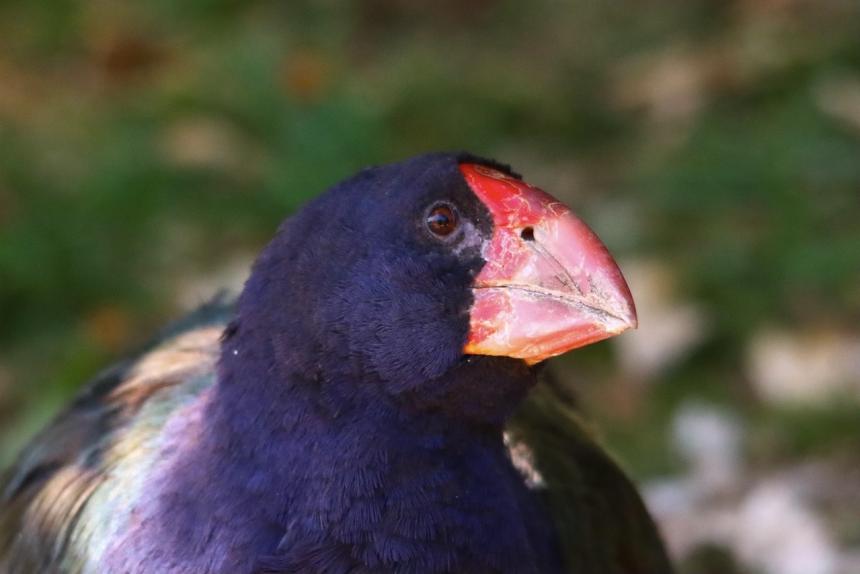
September 03, 2025
New Zealand is racing to protect the imperiled kākāpō parrot species from the global spread of avian influenza through proactive measures, including the vaccination of captive breeding populations ahead of migratory bird arrivals.
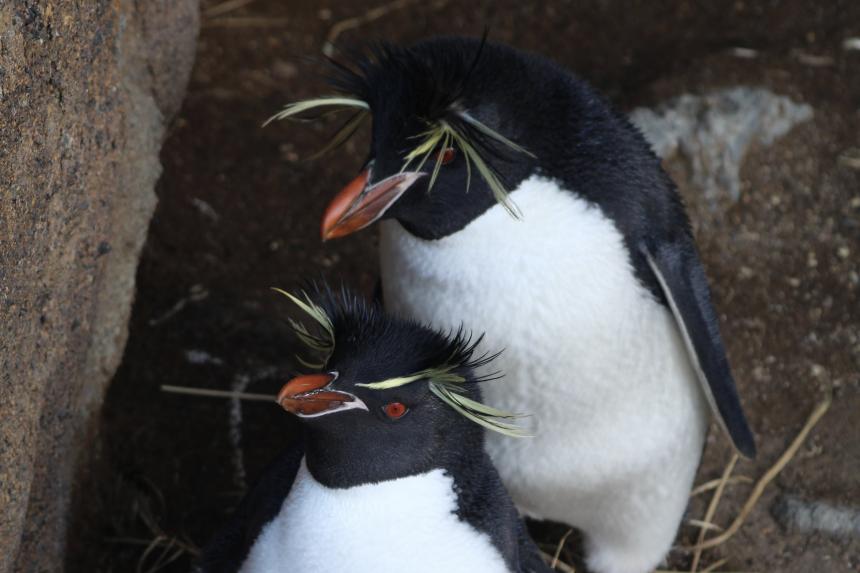
August 29, 2025
International researchers have taken an in-depth look at three Aotearoa New Zealand crested penguin species, revealing one is thriving while others face uncertain futures.
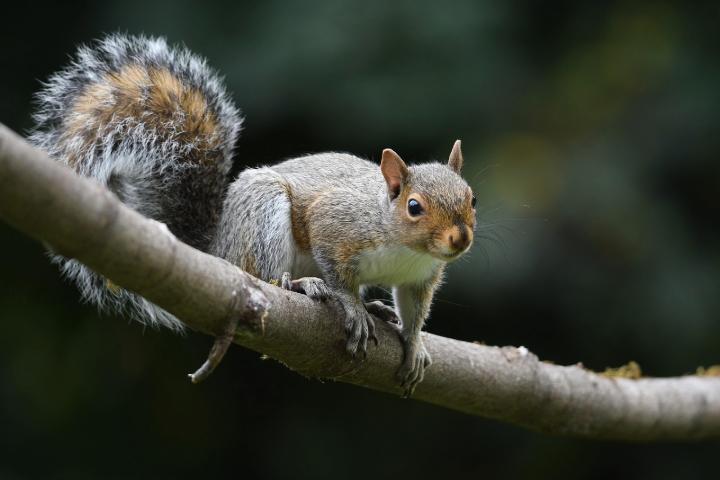
August 26, 2025
What does it mean to care for 1,376 wild animals over the course of a summer? This past summer, I found out firsthand as a hospital extern at WildCare...
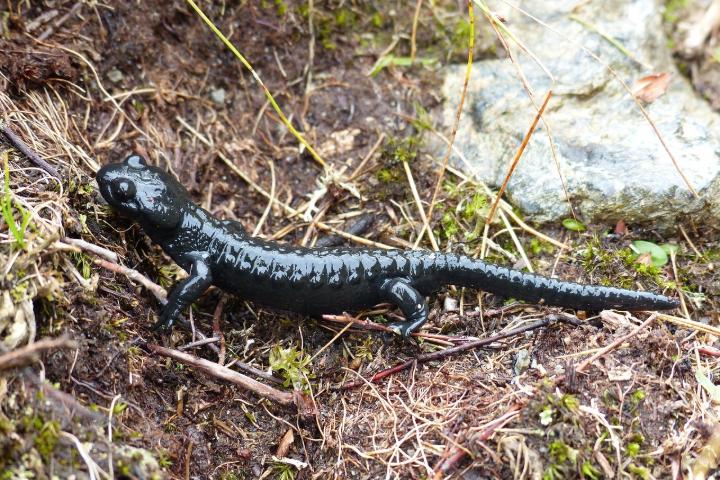
Blog
August 22, 2025
Isla Chauhan, Cornell DVM '28, shares insights from her field research and explains how she used computer programming tools to explore climate preferences of salamander species.
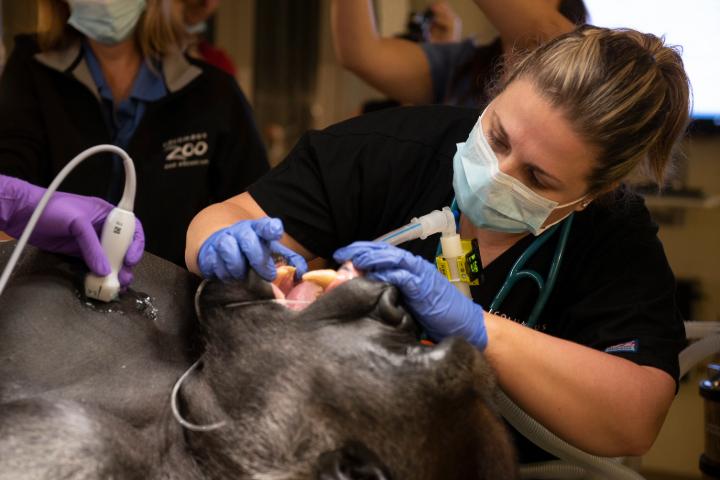
News
August 18, 2025
Katie Seeley ’07, DVM ’11, PhD, DACZM knew from a young age that she wanted to be a veterinarian....
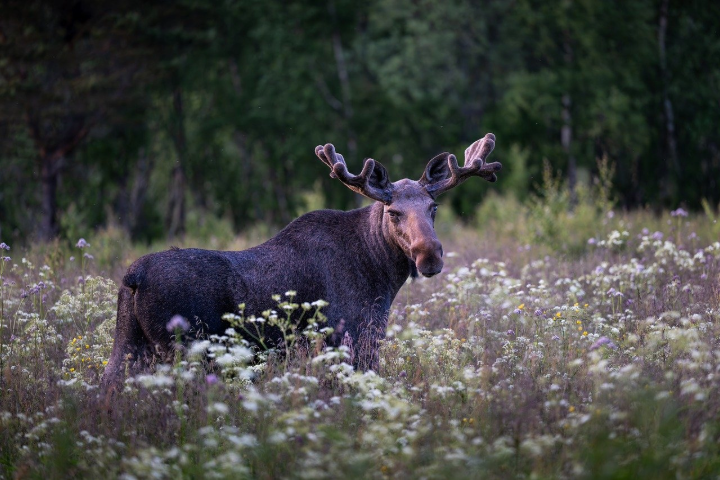
August 08, 2025
Wildlife researchers have found that the transmission of deer parasites is hindering the growth of New York's moose population.
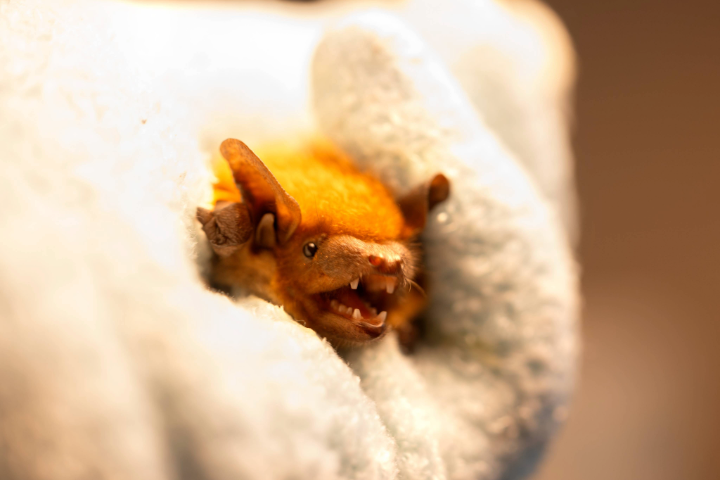
August 06, 2025
A recent Cornell study suggests that young and adolescent bats may be the most likely to transmit coronaviruses to other species.
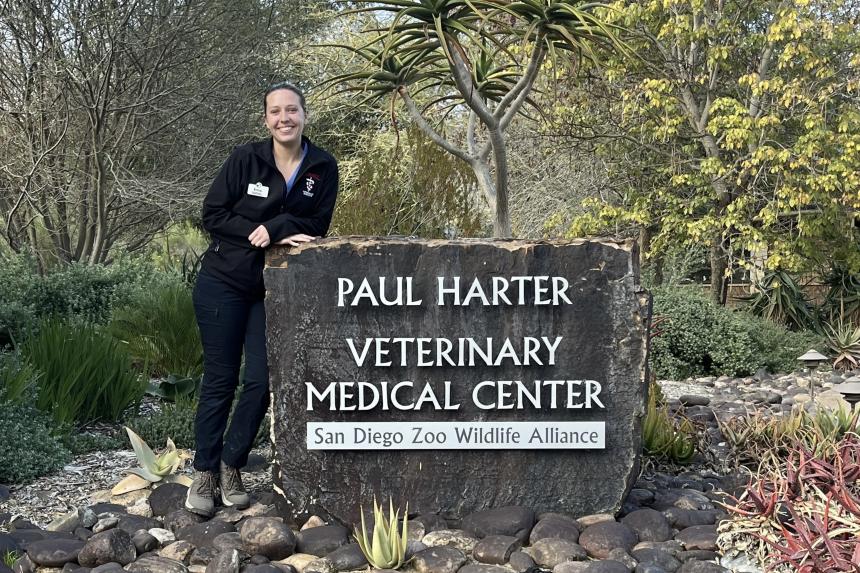
August 05, 2025
During the winter of 2025, I had the pleasure of completing a six-week clinical externship at the San Diego Zoo Safari Park in Escondido, California. The Safari Park is an 1,800-acre facility, home to more than 3,000 animals representing over 300 species....
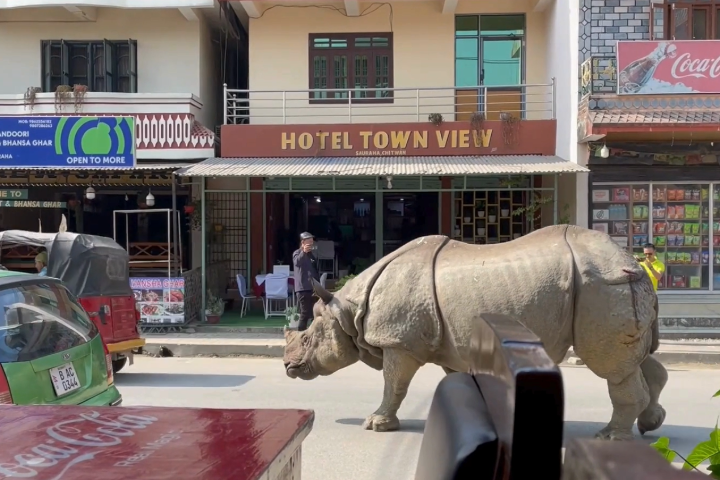
Video
July 24, 2025
A greater one-horned rhino strolls down the street in Nepal, just outside Chitwan National Park.

July 18, 2025
The Janet L. Swanson Wildlife Hospital, which has more than tripled its caseload over the past decade, is renovating its facilities to treat an increasing number of injured or ill native wild animals.
